Some animals can see in the dark, spot prey from miles away, or notice colors invisible to the human eye. While we humans make do with our limited visual range, some animals take vision to an entirely different level. From birds that could rival snipers to underwater creatures with color-detecting wizardry, these animals have evolved super-sight that leaves us in awe.
1. Eagles: The Zoom Lens Hunters
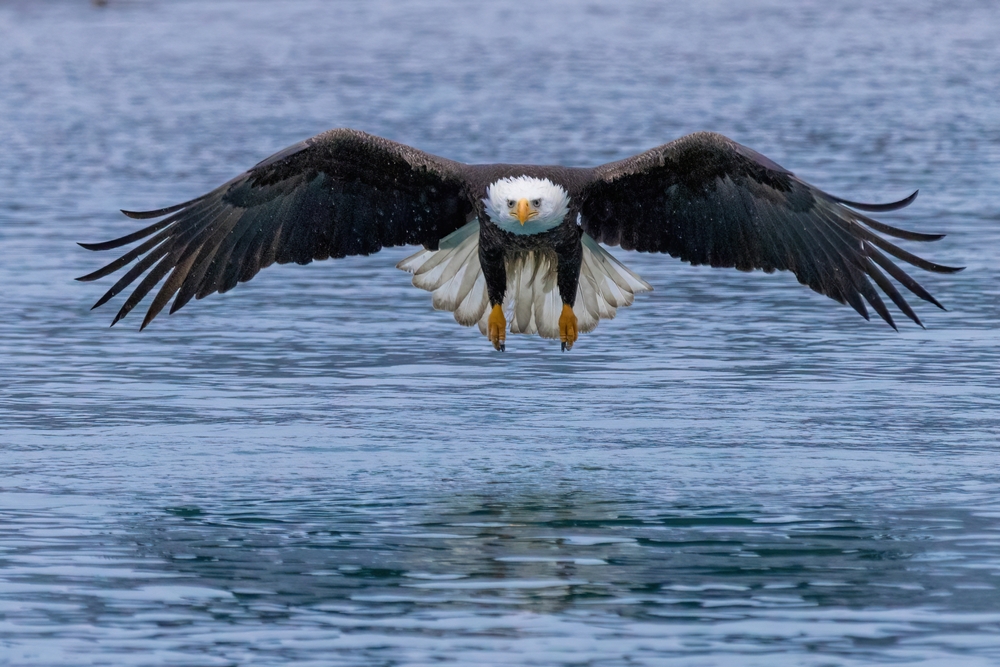
Eagles are famous for their incredible eyesight, and for good reason—their vision is up to five times sharper than ours. With the ability to see a rabbit from two miles away, eagles have a zoom-lens-like focus that allows them to pinpoint prey from extreme heights. Their eyes also have a high number of cones, giving them superior color vision. Whether soaring through the sky or perched in a tree, eagles have the kind of visual clarity humans can only dream of.
2. Mantis Shrimp: The Kings of Color
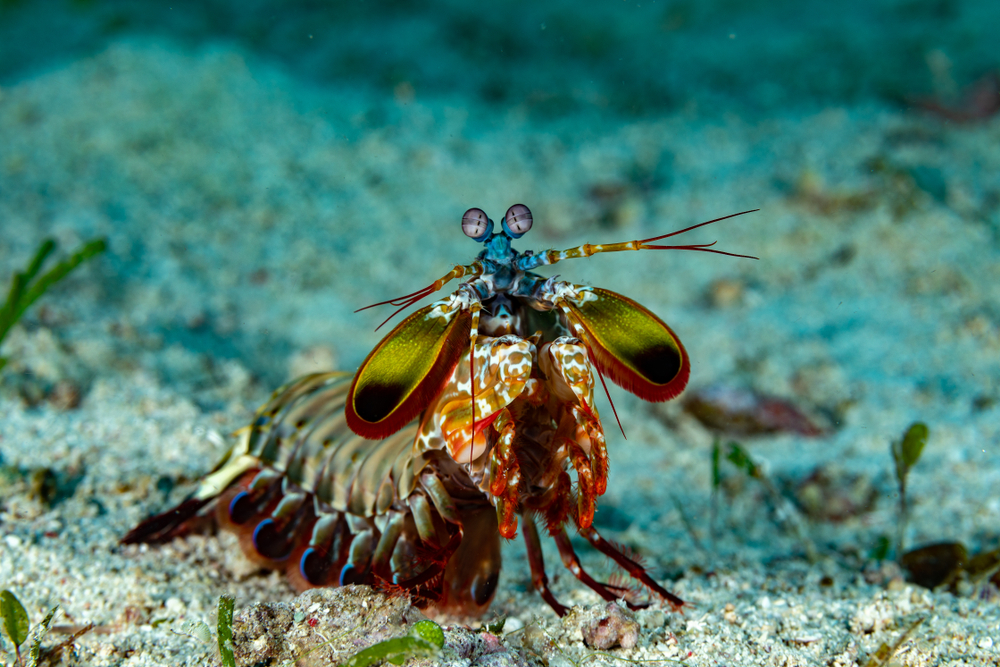
The mantis shrimp is the true champion of the color spectrum. While humans have three types of photoreceptor cells to see color, mantis shrimp boast an incredible 16. They can detect ultraviolet light, polarized light, and colors we can’t even imagine. This allows them to navigate their vibrant coral reef homes and communicate in ways we’ll never fully understand. Imagine seeing the world through a kaleidoscope on steroids—that’s the mantis shrimp’s everyday reality.
3. Cats: The Nighttime Ninjas
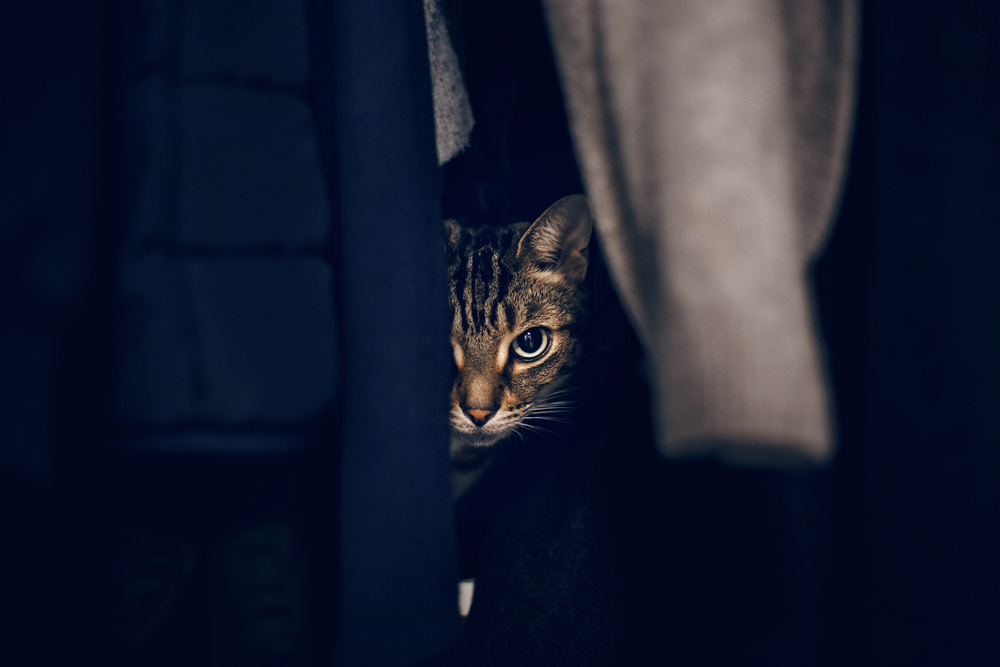
Cats may not see the full spectrum of colors that we do, but their nighttime vision is unparalleled. Thanks to an abundance of rod cells in their retinas, they can see in light levels six times dimmer than what humans need. Their eyes also have a reflective layer called the tapetum lucidum, which enhances their ability to see in the dark. So, when your cat is prowling the house at 3 a.m., it’s not lost in the dark—it’s fully in its element.
4. Chameleons: The Masters of 360° Vision
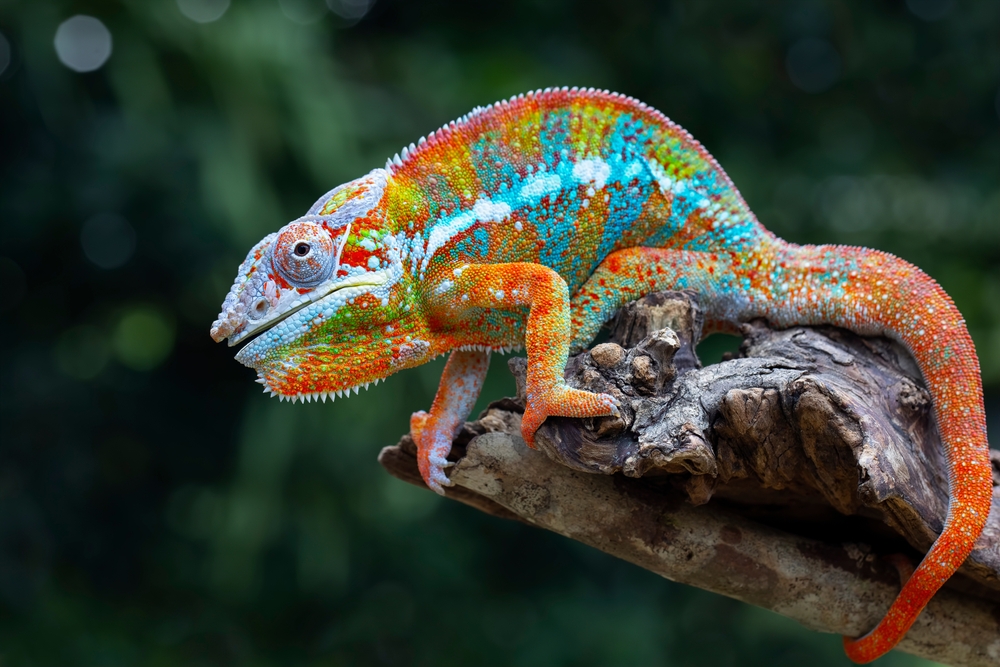
Chameleons have some of the most unique eyes in the animal kingdom. Each eye can move independently, giving them a full 360° field of vision. This allows them to scan their surroundings for predators and prey without moving their heads. Once they lock onto their target, their eyes converge for laser-sharp focus, making them highly effective hunters. Add in their ability to see ultraviolet light, and it’s clear these lizards have vision capabilities that are nothing short of spectacular.
5. Cuttlefish: The Shape-Seeing Cephalopods
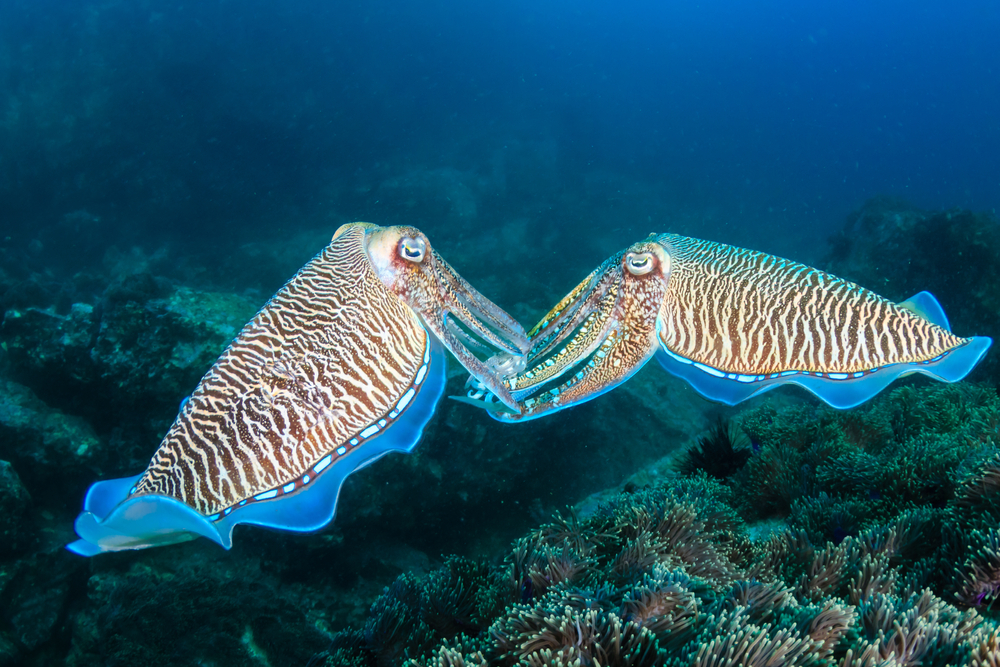
Cuttlefish may be colorblind, but they don’t need a rainbow to see the world in vivid detail. Their eyes are designed to detect polarized light, allowing them to pick up on patterns and contrasts invisible to other creatures. This ability helps them hunt prey and communicate with one another through intricate color changes on their skin. They might not see the world as we do, but their unique perspective gives them a strategic edge in the ocean depths.
6. Hawks: The Aerial Snipers
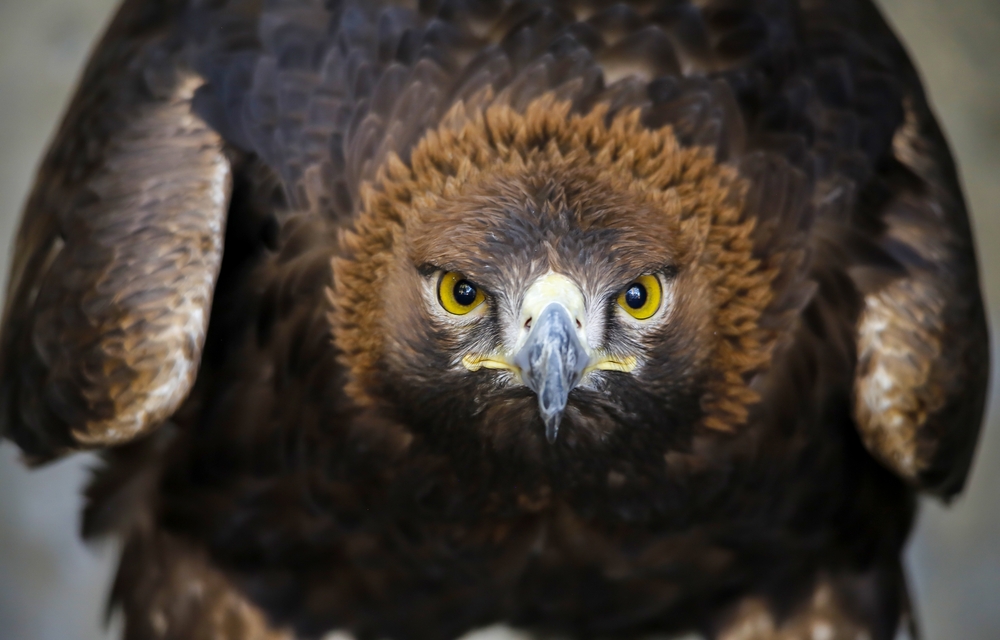
Hawks are equipped with vision so sharp it’s almost otherworldly. Their eyes have a density of photoreceptor cells that far surpasses human capabilities, allowing them to see prey from up to a mile away while soaring high above the ground. They also have a second fovea, which helps them focus on moving objects with unparalleled precision. Whether they’re hunting or scouting their territory, hawks truly embody the term “eagle-eyed.”
7. Snakes: The Infrared Predators
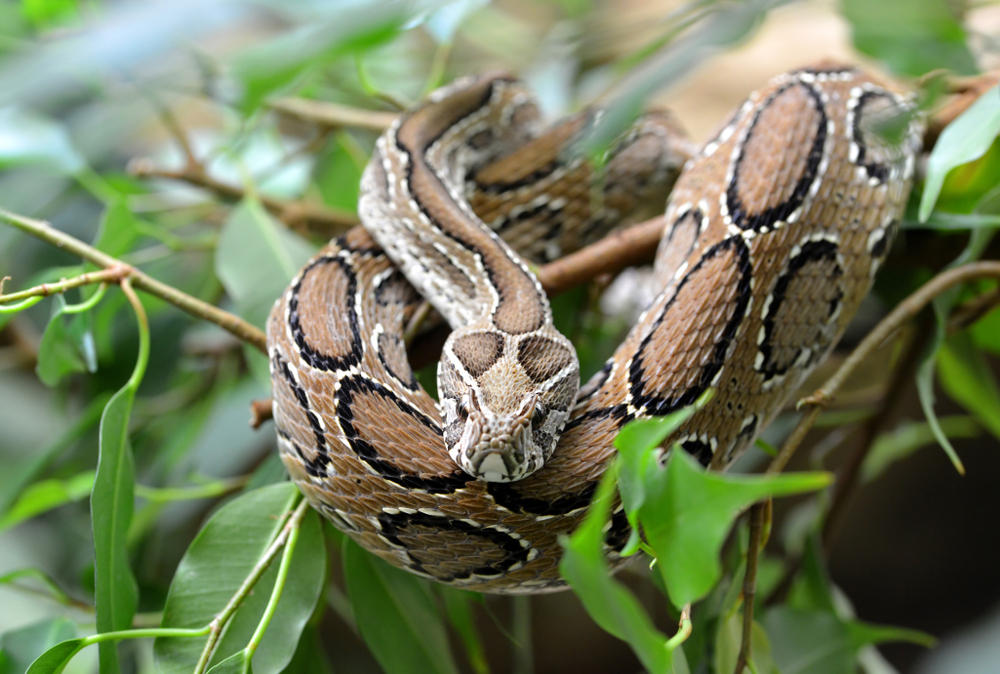
Certain snakes, like pit vipers and pythons, come with a built-in thermal imaging system. Heat-sensing pits located near their mouths allow them to detect the body heat of prey, even in complete darkness. This infrared vision is so precise that snakes can strike their target without ever needing to see it in visible light. It’s a skill that makes them highly efficient nocturnal hunters—and a little terrifying, to be honest.
8. Dragonflies: The Ultimate Bug-Eyed Flyers
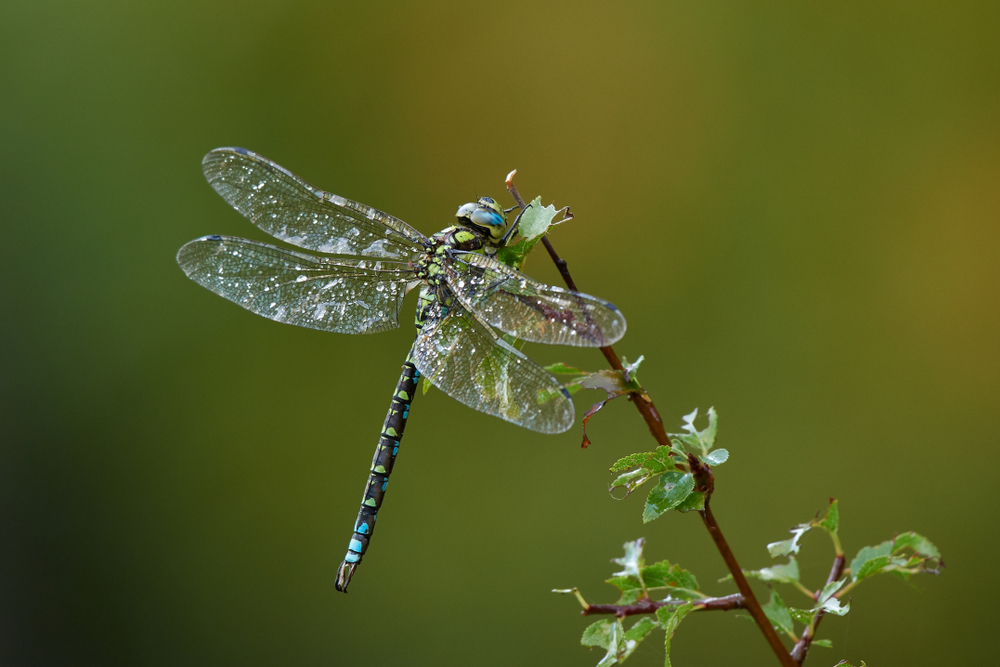
Dragonflies are nature’s aerial acrobats, and their vision is a big part of what makes them so effective. Their compound eyes are made up of about 30,000 lenses, giving them an almost panoramic view of the world. This allows them to track multiple moving objects at once, like prey or predators. If you’ve ever watched a dragonfly dart through the air with impossible precision, now you know why—they see the world in ways we can’t even comprehend.
9. Sharks: The Underwater Visionaries
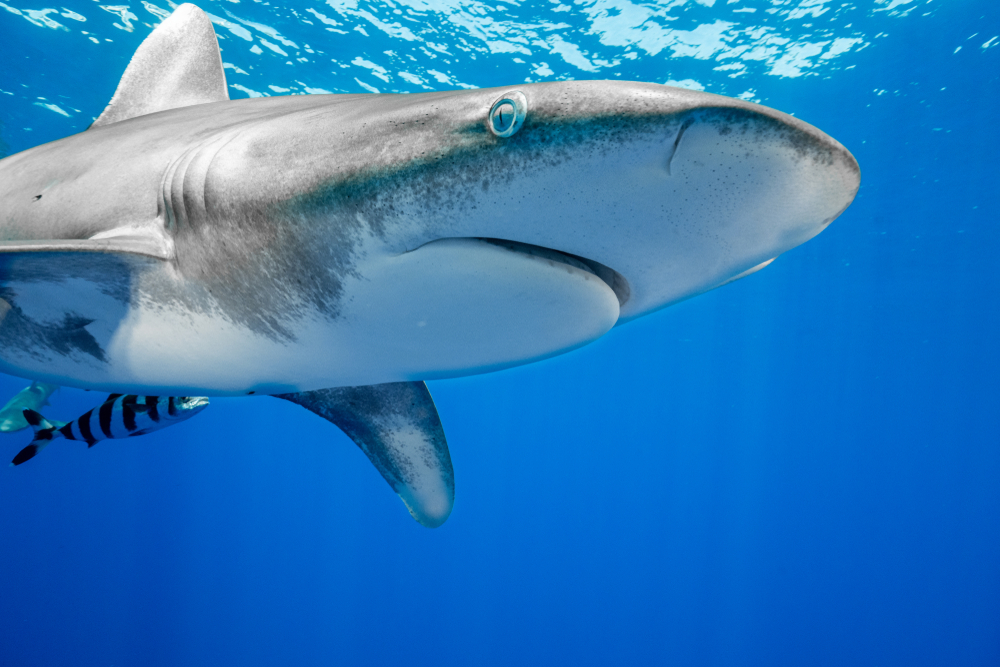
Sharks may be apex predators, but their eyesight is just as impressive as their hunting skills. With a special reflective layer in their eyes called the tapetum lucidum, they can see in low-light and murky underwater conditions. Sharks also have excellent motion detection, which helps them track prey from afar. Combine this with their ability to detect electromagnetic fields, and you’ve got one of the ocean’s most finely tuned hunters.
10. Butterflies: The Kaleidoscope Visionaries
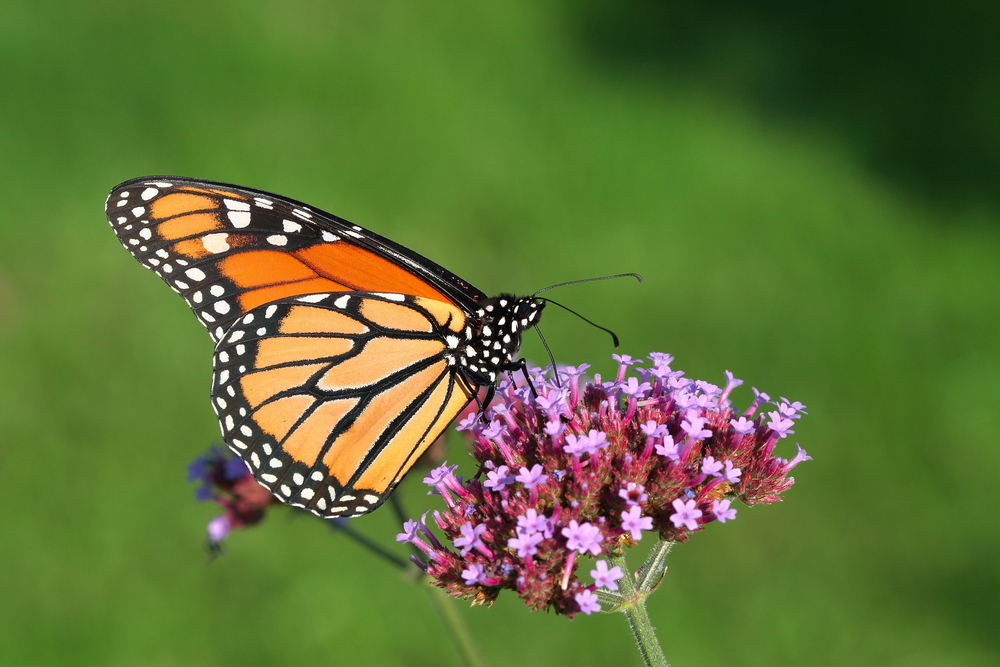
Butterflies don’t just flutter around aimlessly—they see the world through an ultraviolet lens. Their ability to detect UV light allows them to find nectar-rich flowers and potential mates. Flowers often have UV patterns invisible to the human eye, but butterflies see them as vibrant landing guides. It’s a beautiful and practical adaptation that adds a whole new layer to their already stunning environment.
11. Frogs: The Double-Focus Pros
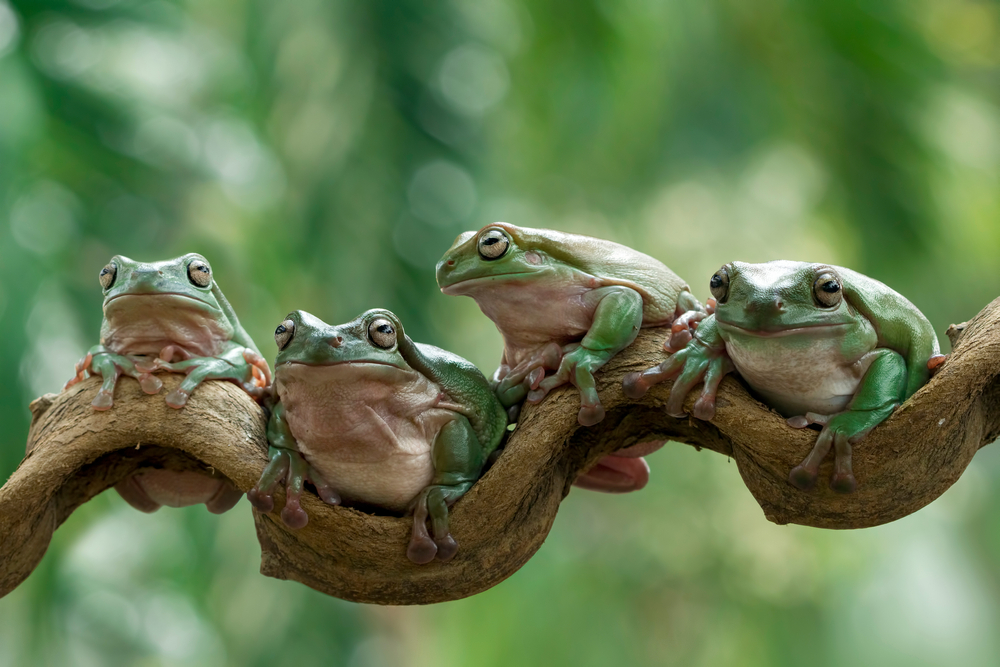
Frogs have eyes that are perfect for their dual life on land and in water. Their wide, bulging eyes give them nearly panoramic vision, and their ability to see near and far simultaneously makes them highly aware of their surroundings. This unique adaptation allows them to detect predators while also focusing on prey, making frogs the ultimate multitaskers in the animal kingdom.
12. Birds of Paradise: The Ultraviolet Show-Offs
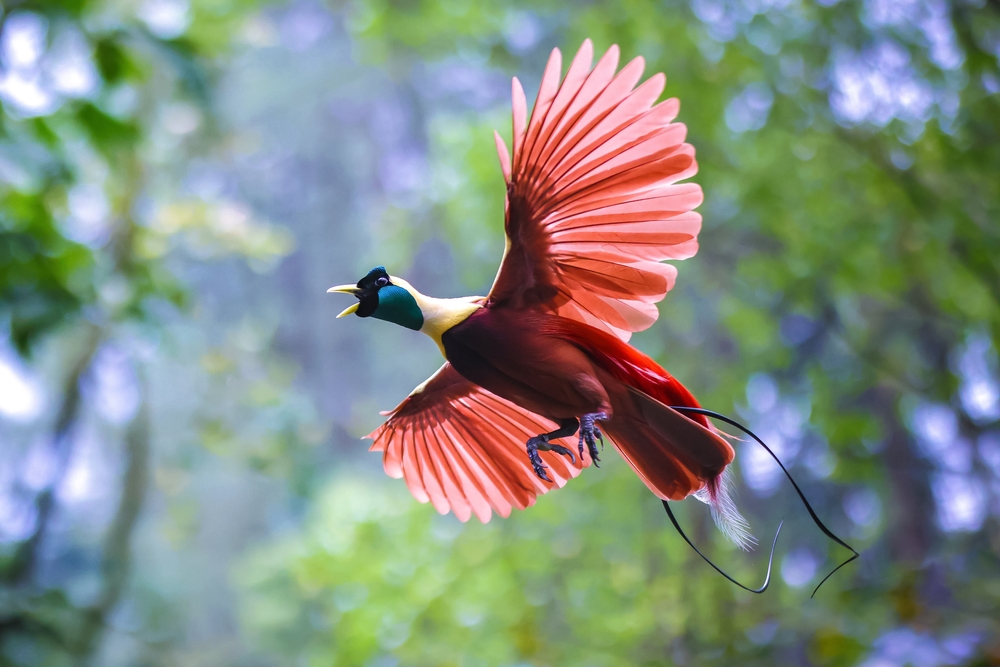
Birds of paradise aren’t just visually stunning—they also have the vision to match. Their ability to see ultraviolet light allows them to fully appreciate the intricate patterns and colors of their feathers. This superpower helps them choose mates, as only the most dazzling displays catch their attention. For these birds, vision is just as much about survival as it is about style.
13. Owls: The Stealthy Night Vision Experts
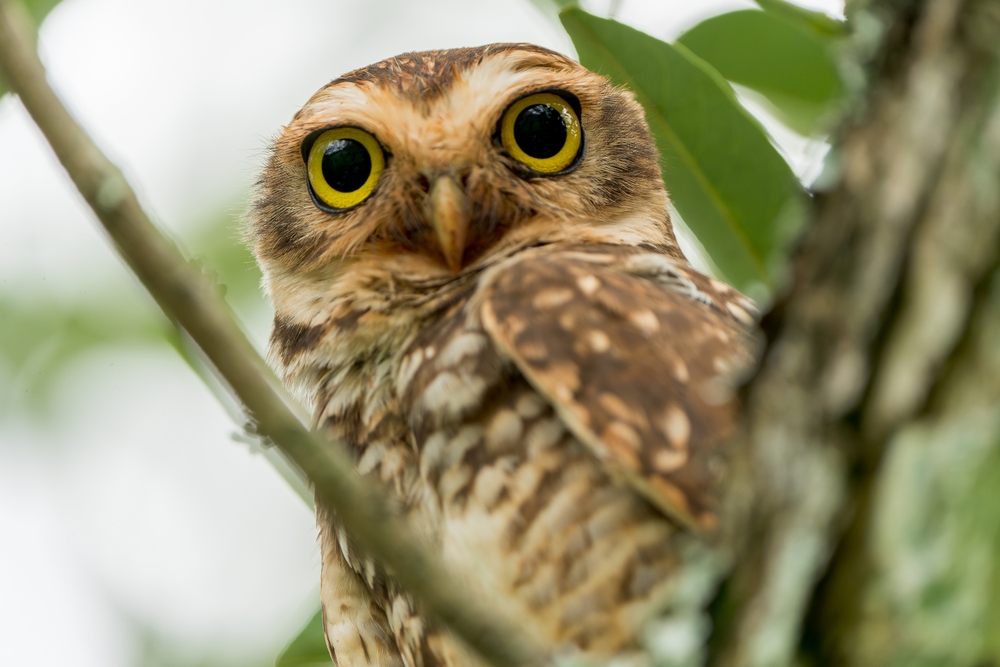
Owls are nocturnal predators with eyes designed for low-light hunting. Their large, tubular eyes allow them to gather as much light as possible, giving them extraordinary night vision. They also have binocular vision, which helps them judge distance with pinpoint accuracy. Coupled with their ability to rotate their heads up to 270 degrees, owls are the ultimate stealth hunters of the night.
14. Bees: The UV Navigators
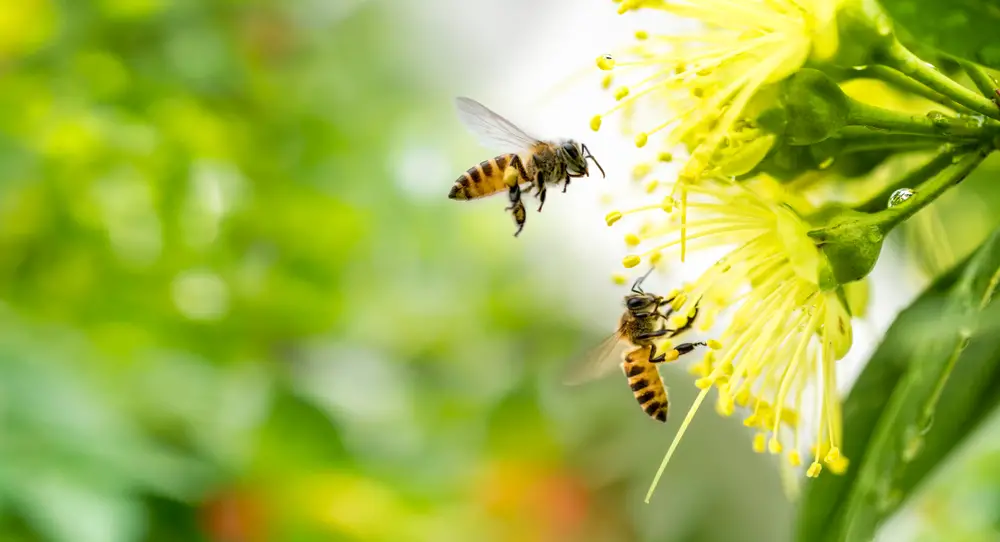
Bees see the world in ultraviolet, giving them a unique edge when it comes to finding flowers and nectar. Many flowers have UV patterns that act as a map for bees, guiding them straight to the goods. This visual superpower is essential for pollination, making bees not just vision experts but also vital contributors to our ecosystems.
